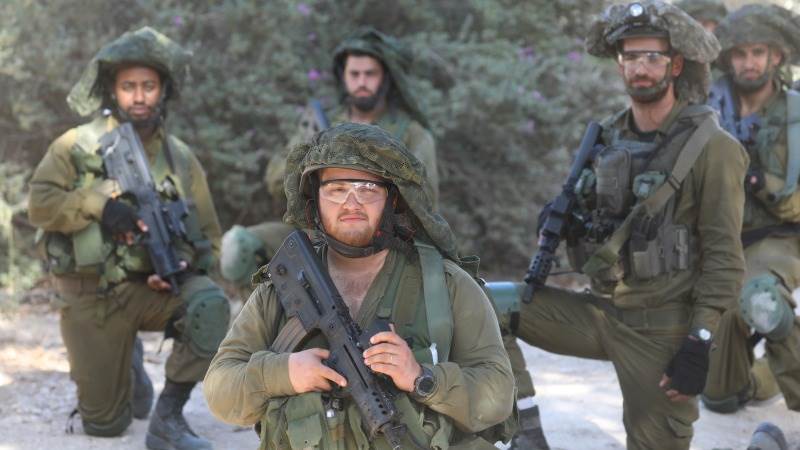lIsraeli news outlet Haaretz reported at the beginning of July, citing official documents and soldiers and officers of the Israeli Defense Forces (IDF) of different ranks, that on October 7, when Hamas launched the attack on Israel's border communities, the Israeli army implemented a controversial procedure known as the Hannibal Directive.
But what exactly is this procedure, introduced in 1986? And what could it mean for the number of Israeli victims claimed at the beginning of the attack that led Prime Minister Benjamin Netanyahu's government to carry out such a violent offensive in response, which has left close to 40,000 victims in almost 10 months in the Gaza Strip alone?
To understand why it was implemented, we first need to acknowledge the events of October 7. On that day, Hamas launched a multi-pronged attack on Israel, firing over 3,000 rockets and conducting incursions using vehicles and powered paragliders. The attacks, which began early in the morning, were so unexpected that the IDF had difficulties understanding the situation, the magnitude of the incursion, and the necessary response during the initial hours, according to Ynet. The number of Hamas operatives attacking army strongholds and observation and communications facilities was so overwhelming that the IDF could not obtain clear and reliable information. Despite still lacking a complete picture of the events, the first use of the Hannibal Directive command was reported around 7:18 am, according to Haaretz.
It happened at the Erez border crossing when an "observation post at the Yiftah outpost reported that someone had been kidnapped" near an IDF liaison office, the media said. "Hannibal at Erez" was the command. Later, it would be heard many more times, including at the Re'im army base and the Nahal Oz outpost. By giving this command, the IDF aimed to prevent soldier abductions, even at the risk of harming Israeli forces and civilians.
Although the official documents of this protocol have not been formally disclosed and it is assumed that it was revoked in 2016, the directive stipulates that in the event a soldier is kidnapped or is being kidnapped, maximum force must be used to prevent it, even if that means causing death. In other words, it is equivalent to ordering the captured soldier to be shot to prevent them from being taken prisoner.
In another location of the clashes, at around 6:40 pm, military intelligence reported that Hamas gunmen planned to flee back to Gaza near Kibbutz Be'eri, Kfar Azza, and Kissufim. The order again was to block any vehicles from returning to Gaza, allowing open fire and without checking if civilians or Israeli soldiers may be in those vehicles. Who exactly gave those orders? The media suggested that fact would be likely revealed in post-war investigations.
A report by the United Nations Independent International Commission of Inquiry published in June found that the IDF applied the Hannibal Directive in several locations, killing at least 14 Israeli civilians. This finding further complicates the Israeli narrative surrounding the October 7 attacks, suggesting that the IDF's aggressive measures may have contributed to their own civilian casualties.
The UN and Haaretz investigations added more controversy to the implications of the reported casualties attributed to Hamas. While Hamas's actions did lead to significant loss of life, the use of the Hannibal Directive suggests that some deaths may have been caused by Israeli military actions. The debate over the directive's application raises critical questions about the accountability and accuracy of casualty reports in the aftermath of the October 7 attacks.
Of the 1,139 deaths, including 695 Israeli civilians, 71 foreign nationals, and 373 security personnel reported as casualties caused by Hamas on October 7, how many were caused by Israel? It is vital to clarify this and to remember that those deaths are used as the main reason to hit back at Hamas and incidentally the civilians who are unable to flee the horror of this war.





.jpeg)




